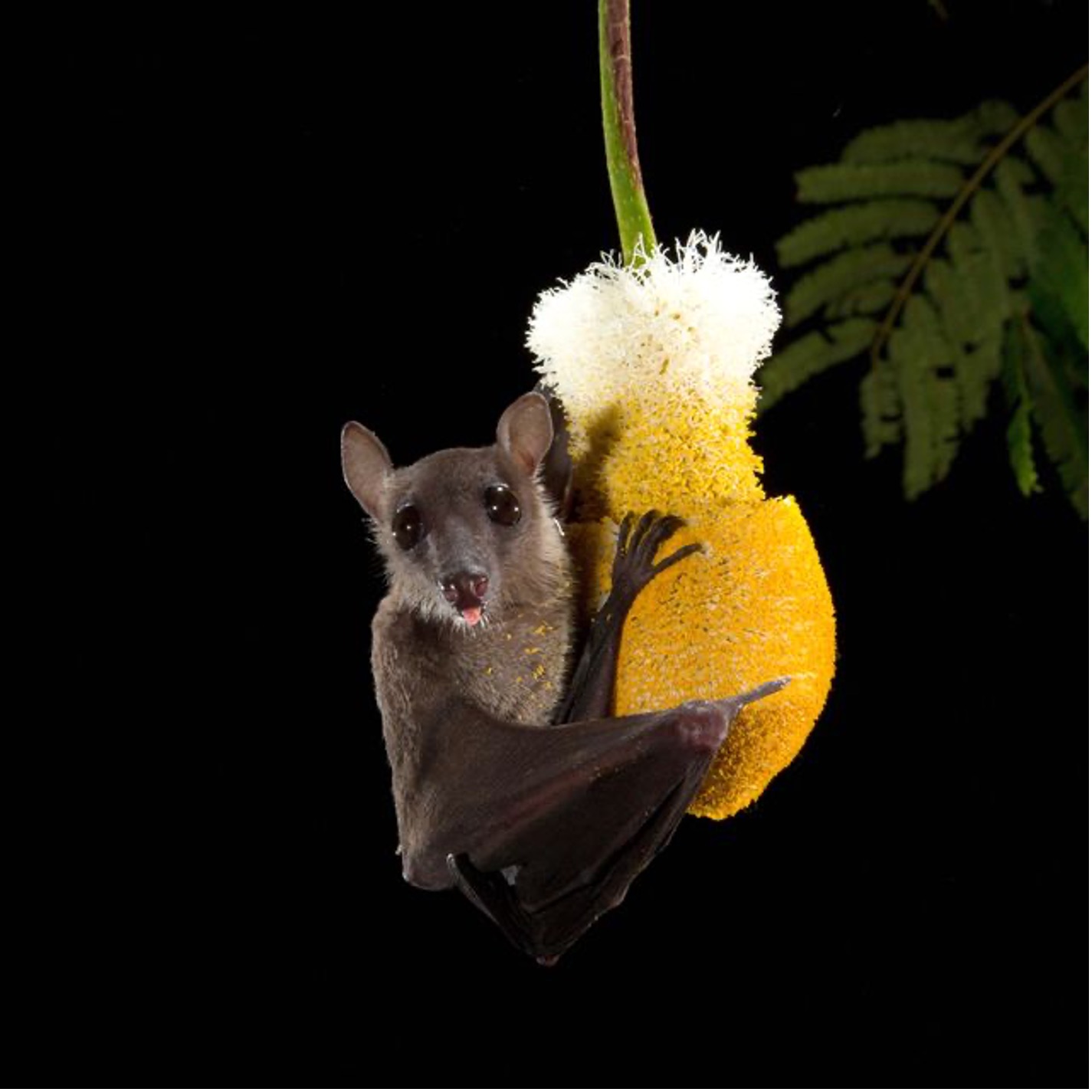Bats, comprising over 20% of mammalian species, are among the most diverse animal groups on Earth. Though often portrayed as mysterious or scary in movies, bats have captivated researchers for their remarkable abilities. Scientific studies conducted by BGI-Research and other institutions have shed light on the extraordinary flight capabilities, unique immune systems, and virus tolerance exhibited by bats.
The ability to fly
Bats stand out as the only mammals capable of true flight, achieved through a series of intricate morphological and physiological changes. Previous research has revealed that flight requires a strong oxidative phosphorylation process to maintain a high level of energy metabolism. Therefore, during the process of evolution, oxidative phosphorylation became stronger and more frequent through natural selection. However, the metabolic process generates reactive oxygen species (ROS), leading to DNA damage and cell apoptosis. Research conducted by BGI-Research and other institutions has revealed that several DNA repair-related genes have undergone positive selection in bats. These genetic adaptations may happen during the flight ability evolution of bats to reduce the impact of ROS, thereby safeguarding the genomic integrity of bats. Furthermore, genes associated with skin elasticity and muscle contraction have also evolved rapidly in bats, potentially enhancing their flight capabilities.
 A cave nectar bat pollinating a tree in Thailand. (Photo: Merlin Tuttle/Science Photo Library)
A cave nectar bat pollinating a tree in Thailand. (Photo: Merlin Tuttle/Science Photo Library)
Hosts for infectious disease
Bats possess a remarkable immune system, enabling them to coexist with a wide range of viruses without succumbing to infection. BGI-Research has examined the genomes of two distantly related bat species: the fruit bat (Pteropus alecto) and insectivorous bat (Myotis davidii), respectively representing the Yinpterochiroptera and Yangochiroptera suborders. They discovered the positive selection of a specific gene, NF-κB family transcription factor c-REL, which may be related to both immune function and DNA damage.
Natural killer (NK) cells are a type of immune cell that plays a crucial role in defending against viruses and tumors. A study has found that NK cells in bats may utilize a different mechanism to recognize and attack pathogens, which could be one of the secrets behind bats' robust resistance to infections.
The reprogramming of bat skin or blood cells into stem cells by Dr. Thomas Zwaka and his team at the Icahn School of Medicine at Mount Sinai has provided valuable insights into bat’s virus tolerance. These reprogrammed cells, known as bat-induced pluripotent stem cells, differ significantly from other mammalian cells. They contain small vesicles resembling viral structures and exhibit the activation of genes absent in other stem cells upon viral infection. These findings further support the integration of viral genes into the bat genome, providing evidence for how bats endure viral infections.
Researchers also found that bats have evolved a unique immune system that allows them to control inflammation effectively. Inflammation is a double-edged sword – it is essential for fighting infections, but excessive or prolonged inflammation can cause tissue damage and contribute to the development of various diseases. Dr. Wang Linfa, Professor of the Emerging Diseases Program at Duke-NUS Medical School in Singapore, discovered that the response of the bat's immune system is more measured and tolerates the invader, compared with humans.
 A machine helps researchers compare proteins from bats to proteins in human cells.
A machine helps researchers compare proteins from bats to proteins in human cells.
Currently, researchers are working on creating "organoids" that mimic the bat brain and lungs to further investigate bat virus infections and their response to cancer genes. Researchers are also comparing data between bat species—long-lived bats compared with short-lived bats, bats that get cancer and those that don’t, and bats that live on protein-heavy diets of insects compared with those that live on fruit and nectar, which will potentially gain new insights into aging, cancer, diabetes and more.
Genomic research has proven to be an indispensable tool in exploring the extraordinary abilities of bats. By deciphering the genetic blueprints of bats, scientists are gaining insights into the mechanisms behind flight adaptations, virus tolerance, and immune defenses. The application of genomic technologies not only enhances our understanding of bats but also holds great promise for addressing human health challenges.



